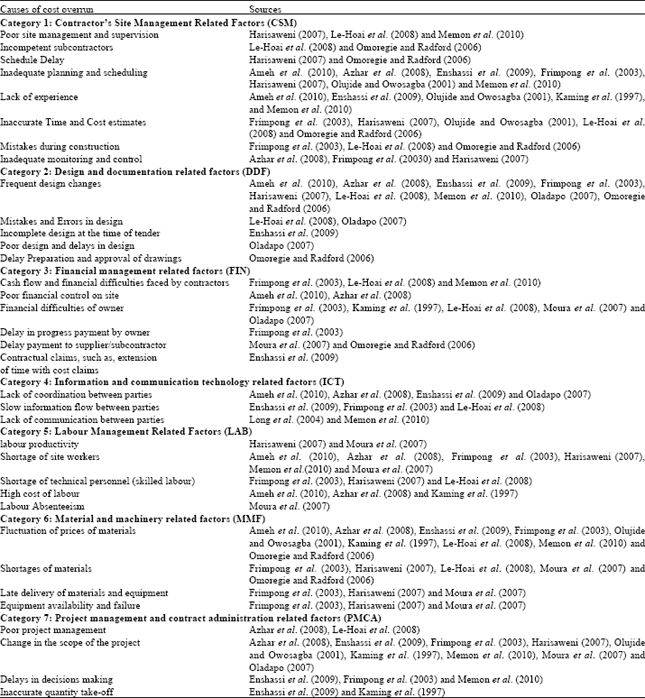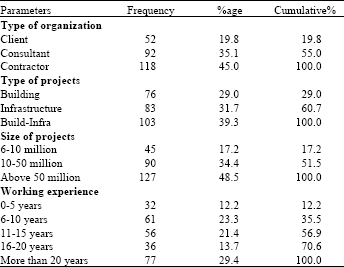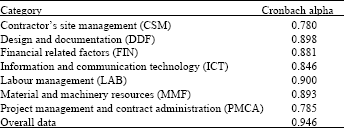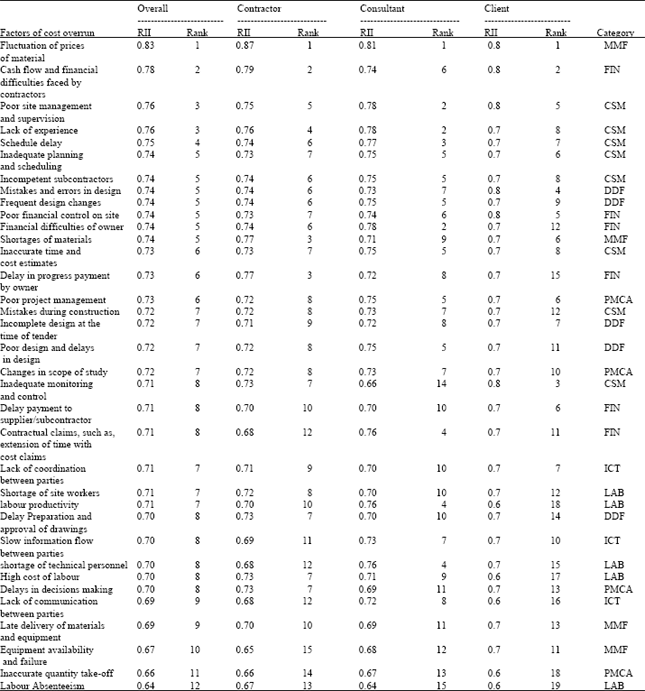Research Article
Significant Factors Causing Cost Overruns in Large Construction Projects in Malaysia
Faculty of Civil and Environmental Engineering, Universiti Tun Hussein Onn Malaysia, Johor, Malaysia
Aftab Hameed Memon
Faculty of Civil and Environmental Engineering, Universiti Tun Hussein Onn Malaysia, Johor, Malaysia
Ahmad Tarmizi Abd. Karim
Faculty of Civil and Environmental Engineering, Universiti Tun Hussein Onn Malaysia, Johor, Malaysia














